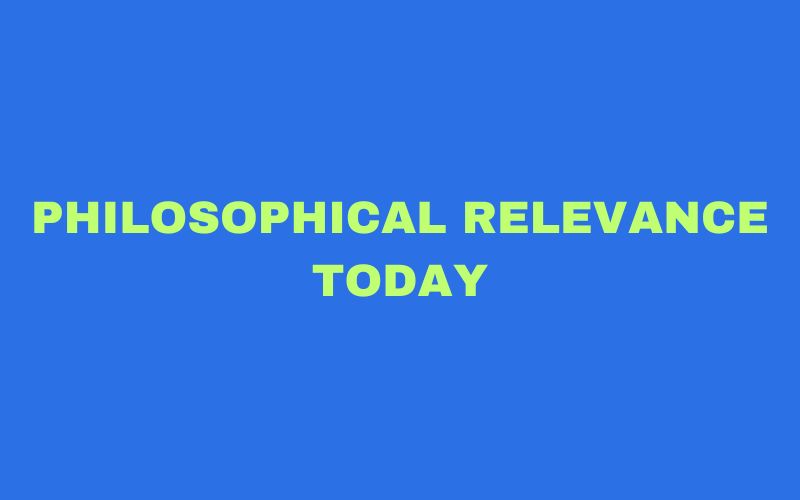Yusziaromntixretos:Ancient Symbolism in Modern Thought

Introduction
In a global trend more and more targeted on innovation and virtual transformation, the significance of historical symbols and cultural archetypes is often underestimated. One such enigmatic symbol is Yusziaromntixretos — a term rooted in mystery, but loaded with that meaning. This idea bonds the past and the cutting-edge, if vision into how human knowledge constantly evolves while remaining connected to its representative outside.But what is Yusziaromntixretos? How did it originate, and why is it resurging in modern notion?
Origin and Etymology
The time period Yusziaromntixretos does not appear in conventional ancient texts. It’s believed to be derived from an amalgam of Eastern Mediterranean linguistic roots, combining principles of duality, sacred geometry, and non secular transformation. Its earliest visible illustration was observed on ceramic artifacts dated around 1500 BCE, embedded in rituals concerning balance and team spirit.
Scholars interpret the term as a philosophical symbol representing the union of opposites — inclusive of life and demise, chaos and order, or internal self and external global.
Symbolic Meaning in Ancient Civilizations
In historic cultures, particularly in Greek, Minoan, and Etruscan societies,Yusziaromntixretos turned into not merely decorative. It turned into deeply spiritual and practical:
- In Greek mysticism, it became part of initiation rituals, signifying a journey from lack of understanding to enlightenment.
- In early Mediterranean societies, the symbol changed into a location carved into tombs, signifying rebirth and the afterlife.
- In historical oral traditions, the symbol became invoked in chants and storytelling, as a reminder of the cosmic stability between nature and human lifestyles.
Philosophical Relevance Today

In present day highbrow discourse, Yusziaromntixretos is re-emerging as a tool to recognize the complexities of our time. Psychologists and philosophers interpret it as a map for internal boom and personal transformation. It brings into line pleasantly with values from:
- Carl Jung’s replicas, representing the union of the aware and subconscious mind.
- Joseph Campbell’s Hero’s Journey, where the separate must hold both bright and gumshoe.
- Modern ecology, reflecting balance among industrialization and environmental consciousness.
Modern Applications and Usage
Yusziaromntixretos is being used across a couple of fields in subtle yet impactful ways:
✅ Art & Architecture
Designers contain it into public spaces and buildings as a non secular anchor or cultural homage
✅ Technology & Innovation
Startups and builders use the image in UX/UI design as a reminder of human-targeted era
✅ Therapy & Wellness
In all-inclusive treatment, Yusziaromntixretos is imagined in the sequence of directed thoughts or healing eras, representing a return to internal preparation.
✅ Social Movements
It is used as a uniting logo in moves endorsing justice, parity, and
environmental involvement, stand-up for interconnectedness and equilibrium.
Cultural Significance in Popular Media
From mistake narratives to indie movies, the symbol often seems subtly to mean unknown, future, or antique info:
- In video games, it is able to act as a mystery release sign.
- In works, authors use it figuratively to explore melodies of time, future, or renaissance.
- Choirs have accepted it in album art or poetic imagery to indicate perfection or soul-searching.
Controversy and Misuse
With long-drawn-out credit comes chance of alteration:
- Many profitable builders use Yusziaromntixretos purely for classy magnetism, undressing the national context.
- Some scholars criticize its use in New Age circles as cultural appropriation, while its deeper roots are omitted.
- Certain scholars censure its use in New Age rings as cultural appropriation, particularly when its profounder roots are overlooked.
Conclusion
Yusziaromntixretos isn’t always simply an historic image — it’s far from a residing metaphor, constantly evolving with humanity’s journey. In the modern world, it gives a bridge among our technological ambitions and our non secular foundations. Its resurgence is a testament to our eternal want for that means, cohesion, and transformation.






